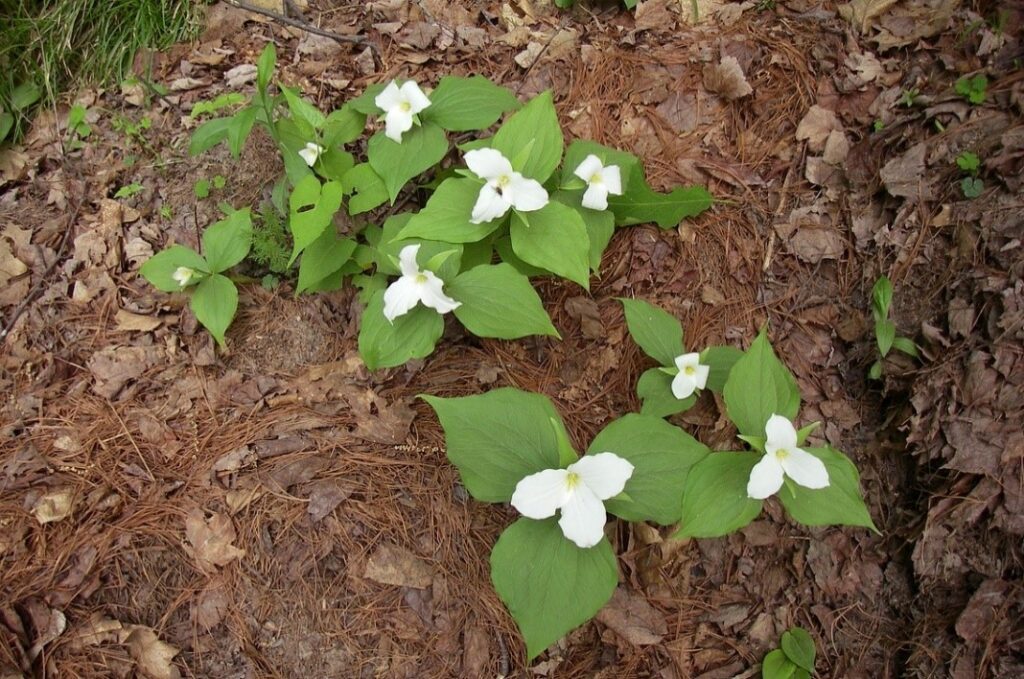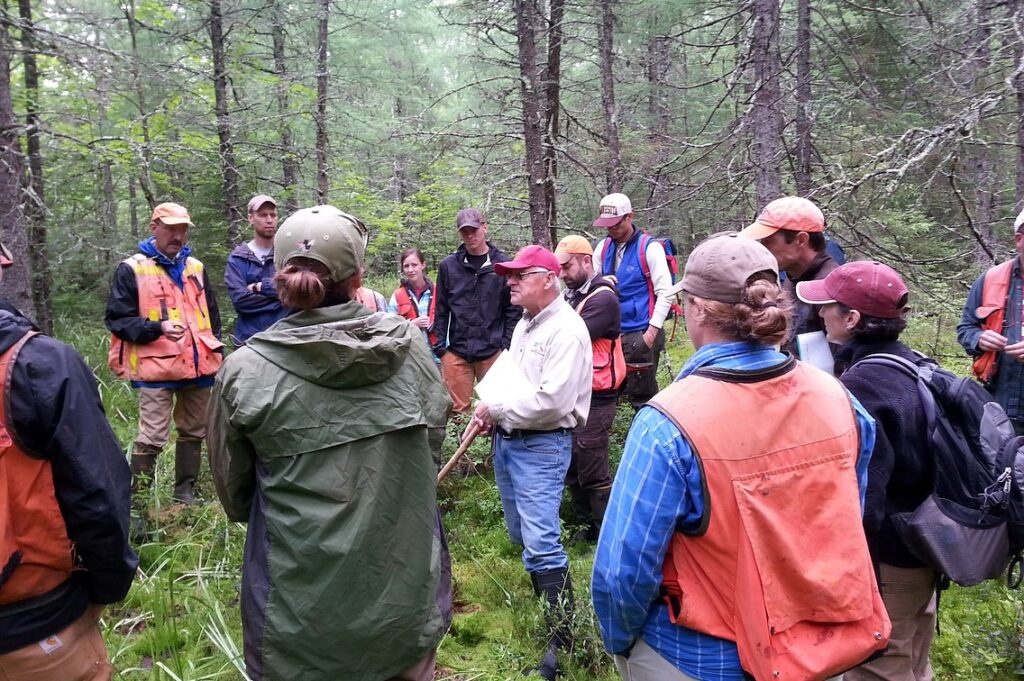The following was adapted from a Wisconsin Natural Resources magazine article.
By Colleen Matula, Wisconsin Department of Natural Resources (DNR) Forest Ecologist/Silviculturist and Patricia Alexandre, Former Forest Ecologist/Silviculturist
Wisconsin’s Forest Habitat Type Classification System (FHTCS) is an ecological classification tool developed in 1988 by John Kotar, a former scientist and instructor at UW-Madison. The FHTCS is based on repeatable patterns of forest understory plants present across similar sites.
Plant composition and growth are determined by site factors, including soils, topography, landform, hydrology and disturbance history. Together these factors represent the foundation of each unique habitat type.
Habitat typing helps foresters make decisions on the ground. This science-based tool can confidently predict how the forest will respond to different management treatments such as thinning, harvesting, and prescribed burning.
Each year in June, when understory plants are in bloom and easy to identify, new foresters from the Department of Natural Resources, county forests and other organizations receive two-day training on the habitat classification system.
They learn how to apply the FHTCS to assess site potential better, define appropriate management objectives and predict the effects of various forest management alternatives.

“Get to know the understory plants in your forest and then use the habitat type guide to help you select ecologically and economically sound management options.” — John Kotar Credit: Wisconsin DNR
Once a person understands soils dictate that plant composition, they can look at the plants found in a given area and immediately understand which soils are present and what that site can offer in terms of productivity.

Forest ecologist John Kotar, center, created Wisconsin’s Forest Habitat Type Classification System in 1988 and remains a key instructor of the system. Credit: Wisconsin DNR
Kotar’s efforts to create a statewide habitat classification system culminated in a series of field guides, the first of which came out in 1988 and covered northern Wisconsin forest habitat types. The “red book,” as it was called for the color of its waterproof cover, was supplemented by the “blue book” in 1996 that covered central and southern Wisconsin habitat types.
Together with training workshops throughout the state, these two field guides sparked even more enthusiasm for the classification system, leading to additional funding from the U.S. Forest Service. In 2002, the “maroon book” was published as a second edition for the northern Wisconsin field guide.
A wetland forest habitat type classification system was recently created and is available on the DNR website.
Better Management, Other Benefits
Before the habitat type classification system, forest management was based on the dominant trees found on a site with no consideration for soil type or site productivity. But this changed as understanding grew regarding the role of soils in influencing plant composition and growth. It became clear that while the same tree species could grow on a range of habitat types, the management options, productivity, and succession patterns would be very different.
Improved forest management decisions are not the only benefit of the FHTCS. Ecologists, wildlife biologists and researchers also use the system for a range of other management activities and academic studies.
The Forest Habitat Type Classification System provides a common language for describing and assessing forested sites. It has significantly improved forestry by providing an increased understanding of forest plant communities and their relationship to the environment, and it continues to be a valuable tool in Wisconsin’s sustainable forestry practices today.
You can read the entire article on the DNR website.
